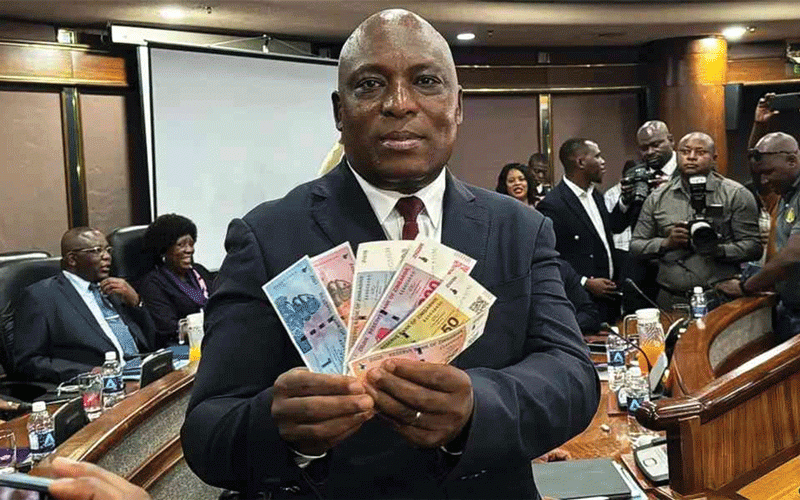
THE Reserve Bank of Zimbabwe (RBZ) governor John Mushayavanhu yesterday told miners that the 25% surrender requirement was “here to stay” as it remained critical to support economic transformation and development.
Mining companies have been lobbying the government to reduce surrender requirements to 20% or less, arguing it was constraining their ability to cater for capital needs.
But addressing a Chamber of Mines Zimbabwe (CoMZ) 2024 annual conference in Victoria Falls yesterday, Mushayavanhu said the policy will never change.
“We have said we are going to standardise the surrender requirement and of those requirements half of the 25% that we are getting as surrender is going to be pushed back in the market so that we keep the foreign exchange market liquid,” he said.
“So, having said that, the 25% surrender is here to stay. We cannot reduce that. We need the forex for everyone else. The 25% surrender requirement remains critical to support economic transformation and development.”
Mushayavanhu said all outstanding 25% surrender requirements were converted to Zimbabwe Gold (ZiG) currency denominated instrument with a tenor of one year at an interest rate of 7,5% per annum.
“The conversion was meant to manage liquidity during this transition period and also to preserve value. Stability of ZiG ensures that miners do not lose in the process,” he said.
The foreign currency from the mining sector through the surrender requirements will be used as follows: 50% to liquify the interbank market and ensure that all bona fide forex invoices are met 25% utilised to meet foreign currency obligations transferred to government, and 25% for building foreign currency reserves to support de-dollarisation roadmap 2030.
- Mines propose fresh power import deal
- Motorist robbed while relieving self
- Mines propose fresh power import deal
- Rampaging inflation hits Old Mutual . . . giant slips to $9 billion loss after tax
Keep Reading
Going forward, the governor said the mining sector is expected to play a pivotal role in ensuring the stability of ZiG.
“The mining sector can also support the stability of domestic currency through procurement in ZiG. In addition, the mining industry needs to increasingly buy locally produced goods and services.
“The stability of ZiG has ensured that, if you surrender, let’s say, US$100 for the 5th of April, today, you actually have more than this. The problem we had in the past was that you would surrender that money and through inflation, it would just disappear. And it almost became a tax. But now it has become a saving because we have introduced a stable currency. As miners, you are not going to lose anything,” he noted.
CoMZ president Thomas Gono said many operations were facing foreign currency shortfalls to meet their operational requirements. He said the economy has witnessed increased usage of US dollars putting pressure on the available retained export earnings.
The CoMZ president noted that the funding gap to optimise operations and meet output targets of the mining industry remains huge.
He said most mining houses were struggling to raise offshore funding and were relying on internally generated resources.
“With softening mineral prices, the retained earnings have become limited. This has led to deferment of capital projects with negative implications on long-term growth of the mining industry.”










